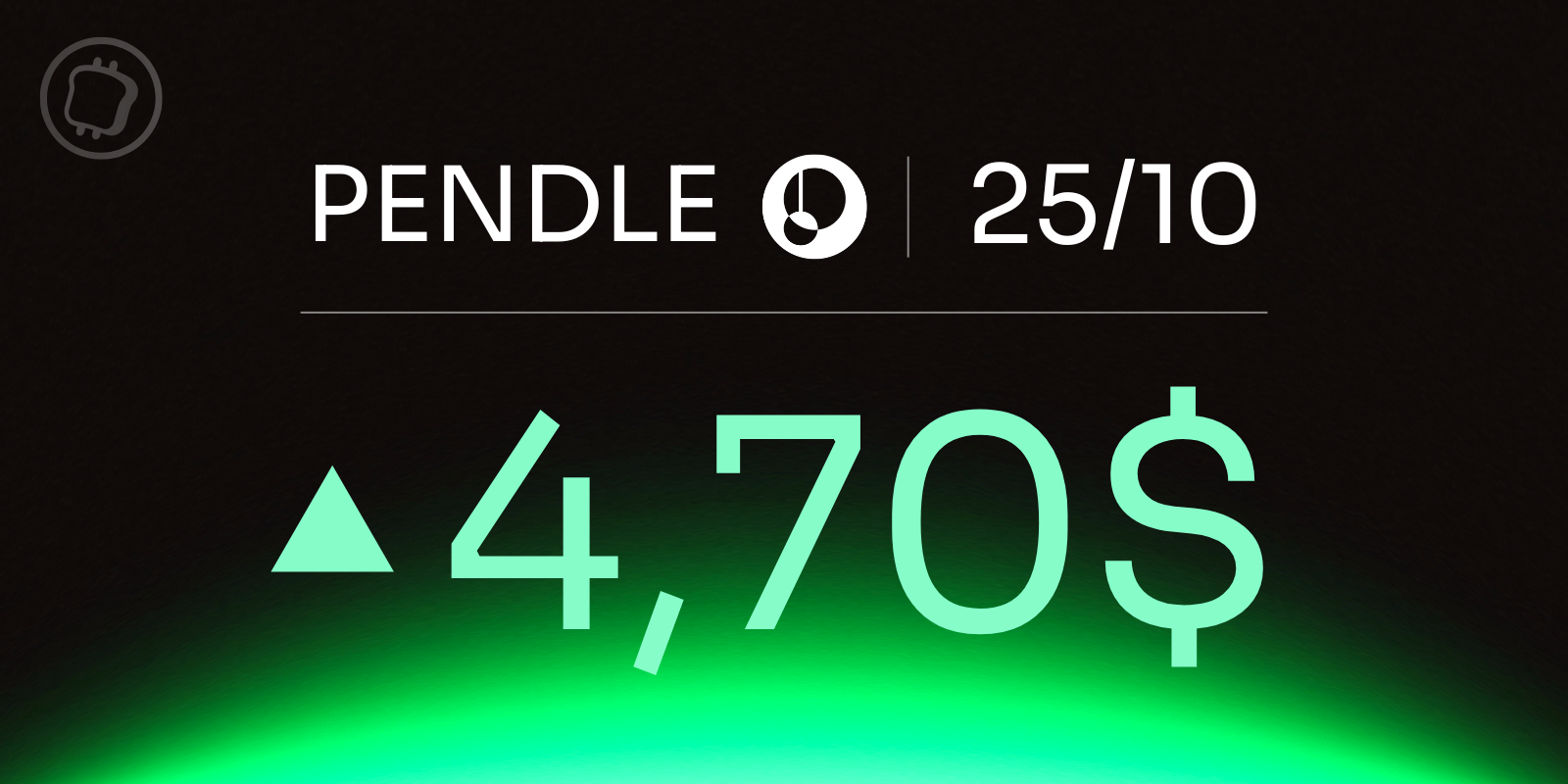“Halo” is a hit built for the future of TV.
The Paramount+ drama-fantasy series based on the enduring video game franchise has done its job domestically for the streamer: It ranks No. 2 to “Yellowstone” prequel “1883” as the streamer’s most-watched original series on Paramount+, and it fueled sign-up activity for weeks around its March 24 debut.
But Paramount Global’s real payoff for investing nearly $10 million an episode on the series is just starting. “Halo,” a Microsoft-owned franchise with 21 years and counting of storytelling history, has been a cornerstone of the international rollout strategy for Paramount+ that has picked up speed this year.
The well-known title has built-in awareness around the world, which is invaluable for a new service trying to break through with original programming. In the U.K., Paramount Global made the decision to preview the first episode of “Halo” on Channel 5, its wholly owned broadcast outlet, with some promotional fanfare on June 22 to whet the appetite for the series and raise awareness for the launch of Paramount+ in the U.K.
“Halo,” which has already been renewed for Season 2, arrives as Paramount Global is still in the early stages of building out its streaming arm as a service with worldwide reach. In Latin America, where Paramount+ has broad distribution, the show has performed beyond expectations, driving a record pace of sign-ups in markets that include Mexico. The series also has consistently high completion rates, a significant metric for any subscription streamer.
In the meantime, Paramount is licensing “Halo” in major overseas markets including Japan (U-Next), France (Canal Plus), New Zealand (TVNZ Duke) and in key African territories (Showmax). Those deals have also provided ample evidence of ratings performance and a ready fandom that makes “Halo” the perfect international ambassador for Paramount+.
David Nevins, chief content officer of scripted originals for Paramount+ and chairman and CEO of Showtime, believes that the show’s intense subject matter — stories of resistance against authoritarian regimes — are timely and compelling, and not the stuff of most video game adaptations.
“It has a political worldview that people tap into and relate to,” Nevins says. “For science fiction, it’s got a political sophistication that is resonating in these times.”
“Halo” has had a famously long path to the screen, with no less than eight years of development at Showtime before the series shifted to Paramount+ last year. Amblin Television and Microsoft’s 343 Industries have steered the property through numerous film and TV incarnations. For Nevins, adapting a property with this deep of a canon at the same time that the Paramount Global parent company is reinventing its TV operations has been instructive about the emerging world of direct-to-consumer TV platforms.
“It’s a very different mindset when you’re not selling a show overseas but trying to get subscribers,” Nevins says. “It’s no longer ‘Hey we got a really good price in Brazil.’ A sub in São Paulo is just as good as a sub from Columbus, Ohio. That makes you think very differently about how you produce a very international show.”
“Halo” is also a good fit with Paramount+’s existing profile of “Star Trek”-branded series, as sci-fi fans have plenty of other shows to peruse on the streamer after checking out the adventures of Master Chief and company.
“There’s a very hungry sci-fi cohort [of viewers] that plays very well internationally,” Nevins says. “The success of ‘Halo,’ just like the success of ‘1883,’ will inevitably shape how we think about future programming for Paramount+.”
The game’s 2001 launch heralded the dawn of the Xbox era for Microsoft, and the franchise brings a sturdily constructed metaverse ready for add-on units at Paramount+. The Halo property has inspired books, graphic novels, digital media extensions and all manner of merchandise. The long-awaited TV adaptation (it was famously first tried as a movie) adds a huge dimension that will be addressed in future iterations of the game, according to Kiki Wolfkill, the Microsoft executive who oversees the Halo Universe through the tech giant’s 343 Industries unit and is an executive producer of the series.
Not surprisingly, the most recent edition of the game, Halo Infinite, was published about four months before the series debut. Producers made strong efforts to ensure that the TV series reflects the look and feel of the latest game. The coordination will be an intricate dance going forward because the show and Infinite do not follow the chronological timeline in Halo lore. But that’s also the fun part of threading a metaverse, Wolfkill says.
“It’s wonderful to have the two running in tandem to support each other,” Wolfkill says of the TV series and the game. “We do always want to recognize when [viewers] see the show that it’s Halo. And we’ll continue to add content to the game that reflects things we see in the show.”
Nevins credits Microsoft and the 343 team for being flexible and allowing producers to make the storytelling successfully adapt to a premium TV environment. Amblin Television’s Darryl Frank and Justin Falvey have also shepherded the TV series through its many twists and turns.
“They knew it had to be adapted for television. They gave the writers, directors and production designers a fair amount of leeway with their property,” he says. “The TV show is not going to give you the experience of the video game. But it does expand the narrative in ways that premium television is very good at. It allows you to get lost in the world and the relationships.”
He adds: “This show is ultimately a story about war and the human costs of endless war. That’s a very powerful theme in a lot of places in the world.”













